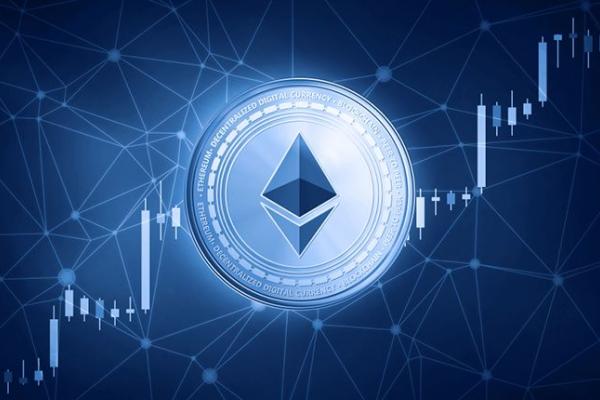Bitcoin is beating inflation better than the United States dollar, the U.S. Federal Reserve says — but unintentionally.
In a blog post first released in June 2022 and since updated, the St. Louis Fed compares buying eggs with BTC compared to dollars — still with surprising results.
Bitcoin vs. U.S. dollar: “Eggflation” has gone nowhere
Bitcoin hodlers arguably have many better use cases for their BTC holdings than buying eggs, but that is the topic of a dedicated Fed blog post that attempts to demonstrate Bitcoin’s uncompetitive buying power versus the dollar.
To do so, its anonymous author measured the price of a dozen eggs in BTC and U.S. dollars since January 2021.
“The price fluctuates quite a bit, between 2829 and 6086 [satoshis], which is much more than it did for the U.S. dollar price,” the post concludes.
“Plus, you’d need to add a bitcoin transaction fee, which has been about $2 lately, but which can spike above $50 on occasion. Hopefully, if you were making this purchase with bitcoin, you’d put many many more eggs in your basket.”
The charts included nonetheless show that since reaching a peak in both currencies in December 2022, the number of satoshis required to purchase the same dozen eggs has decreased more than the equivalent in U.S. dollars.
BTC hodlers require 70% fewer sats for the purchase as of August 2023, the latest month for which Fed data is available, versus 58% fewer dollars.
Compared with the start of 2021, egg cost is higher for both currencies — 39% versus 73% for U.S. dollars and BTC, respectively. Here, however, the arbitrary timeframe comparison remains less than helpful.
At the time, BTC/USD traded at practically the same levels as at present, while the U.S. Consumer Price Index (CPI) year-on-year increase was under the Fed’s own 2% target. With the latter now a thing of the past, only a longer-term synopsis provides real insight into Bitcoin’s performance.
The price of eggs is a fraction of what it was during Bitcoin’s last pre-halving year in 2019. “Eggflation” seen in 2023 is a comparative blip on the landscape.
In dollar terms, the picture is one of solid price increases — the average in mid-2019, for example, was barely above $1.20 per dozen, or 40% less than now.
Recession looms large
As Cointelegraph reported, attention is focusing on the greenback this month as the U.S. Dollar Index balloons to near one-year highs.
Actions by foreign states may seek to redress the imbalance as their currencies suffer, analysts suggest, while under the hood, the U.S. economy is showing warning signs.
Recession in 2024 is becoming increasingly likely, with even the Fed’s own data putting the odds at near 60% in September, while bond yields skyrocket in a fit of what is known as “bear steepening.”
Source: https://cointelegraph.com/news/bitcoin-still-beats-us-dollar-eggflation-federal-reserve



